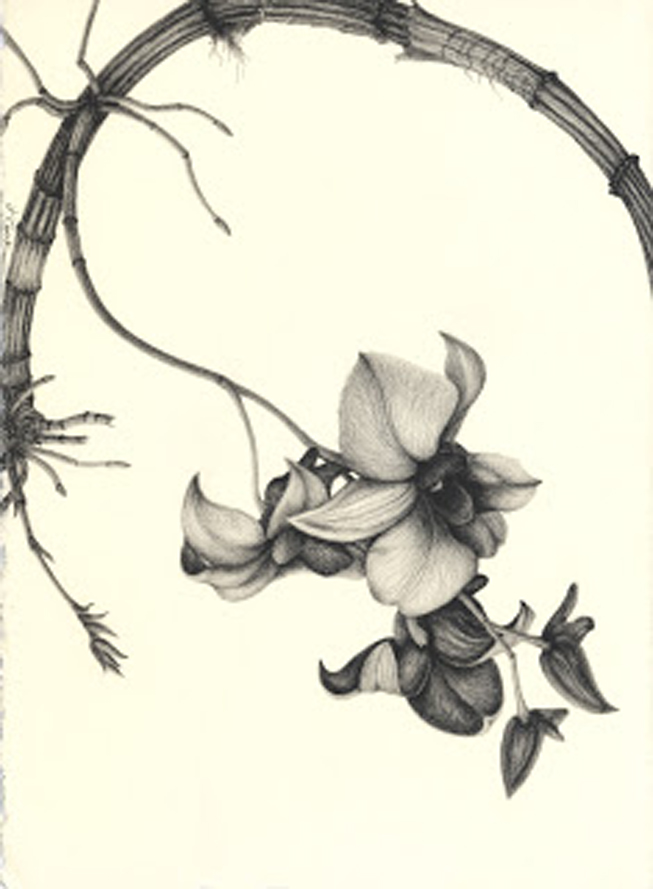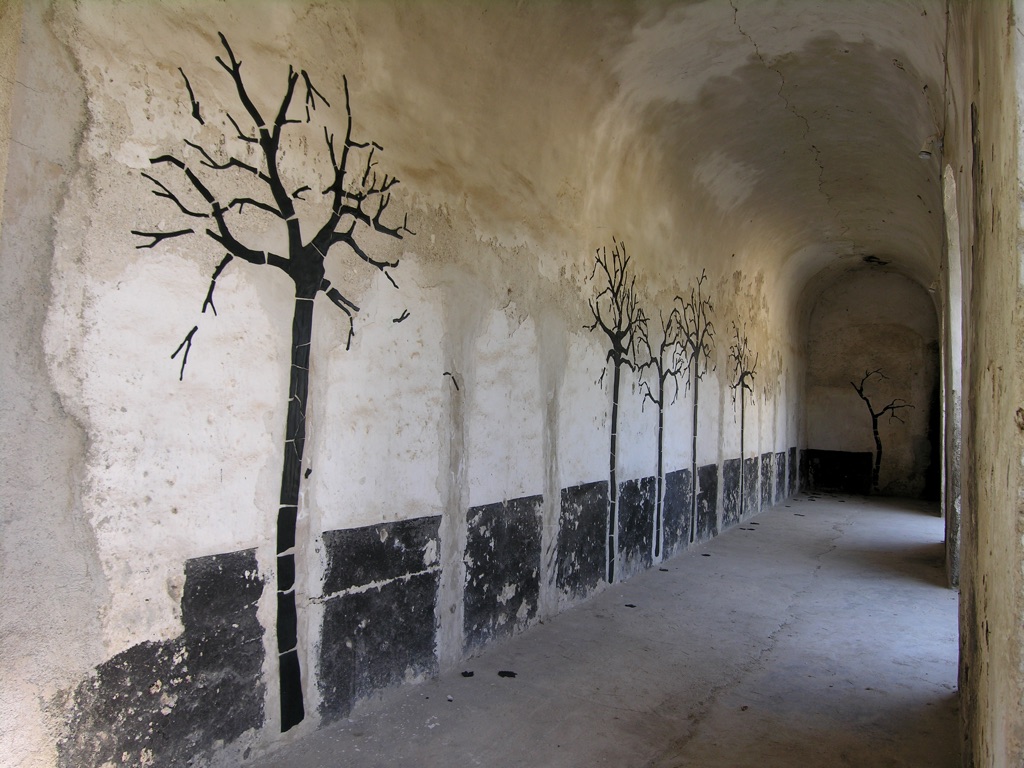In Palma de Mallorca, at the Sa Nostra Savings Bank Foundation headquarters, there is the most exquisite and fascinating exhibition currently on display of antique glass from collections in Catalonia and from Sa Nostra's own collection. Diminutive, elaborate or simple vessels, of great variety and elegance, they spoke to one of an enormous span of time, made all the more eloquent by their fragility. Looking at these diverse pieces of glass, it seems nothing short of miraculous that such artistry could endure so long in pristine form.
As I find so often the case when looking at such an exhibition, this span of time brings one up short in salutary fashion about the so-called importance and skills of our own times. Glass was one of the very first materials that man elaborated - from earth, fire, air and water, the four basic natural elements. Not only does glass possess beauty, but it has certain unique characteristics - it is odourless, it does not confer any taste whatsoever, it is reusable and frequently can be recycled. The fact that glass was probably discovered, by chance, about 5000 BC and has not really changed at all, in its diverse possibilities of use, is an astonishing fact.
Pliny (AD 23-79) recounts that Phoenician merchants transporting stone were the first to discover glass, when they would go ashore and cook their food on circles of stones. The nitrate stones would melt in the fire's heat, mix with the beach sand and water to form an opaque liquid, the first glass. Stone Age man was also using natural glass or obsidian for his arrow heads. In the Book of Job, chrystal and gold are mentioned in the same verse (Job 28.17) as of great value. Cuneiform texts from Mesopotamia also talk precisely about how to make glass.
Certainly the first beautiful beads in the Sa Nostra exhibit were indicative of the luxury and value of these opaque small beads, made in Egypt and East Mesopotamia by 3.500 BC. Slowly, the glass makers developed hollow glass, and pieces from 1,600-1,500 BC have been found in North Syria and Mesopotamia, often using blue glass, with coloured glass strands applied, in their vases and other small pieces that imitated the shape of clay vessels. Apparently, there was already an example of the coincidence of discovery, so often seen since in many disciplines: hollow glass was independently being produced in Mesopotamia, Mycenae, China and the North Tyrol about 1.600 BC.
History does indeed repeat itself : Thoutmosis III, Pharaoh of Egypt (1504-1450 BC), brought Asian glass makers to Egypt as prisoners to develop the glass industry. His seal has been found on glass pieces. Glass remained a luxury item, however; it was regarded as important enough a commodity to have a glass making manual included in Assyrian King Ashurbanipal's magnificent library in 650 BC. From the archaeological finds and these documents, we know that the Eastern Mediterranean, was a major glass making centre, but that until about the first century BC, vessels were formed by rolling molten glass onto a clay/dung core. Despite that laborious process, the results are just as delicate and elegant as the later versions of blown glass. Glass blowing was developed in Syria and Babylonia during the period 27 BC - 14 AD, with glass blown through a tube, as today, but also blown into a mould. Sa Nostra's examples of both methods were memorable, mostly small but wonderfully diverse in colour and form.









